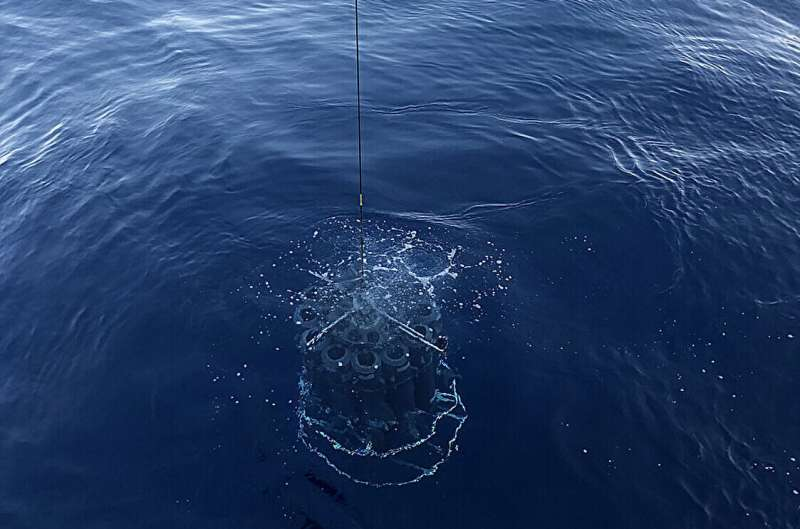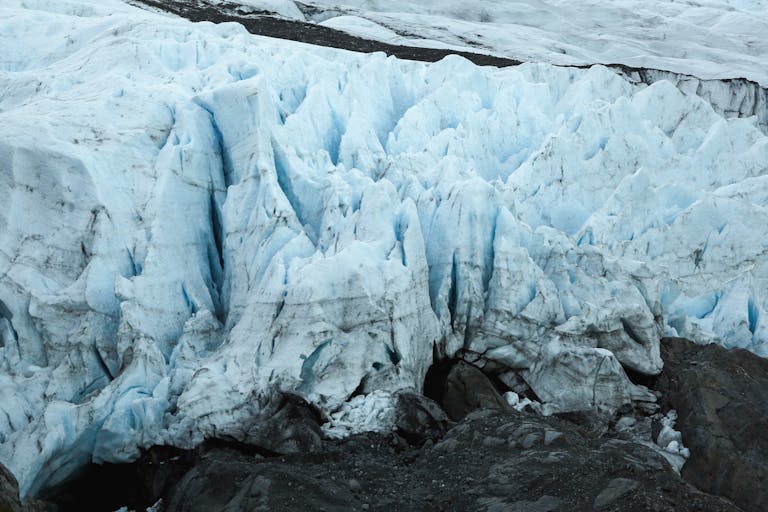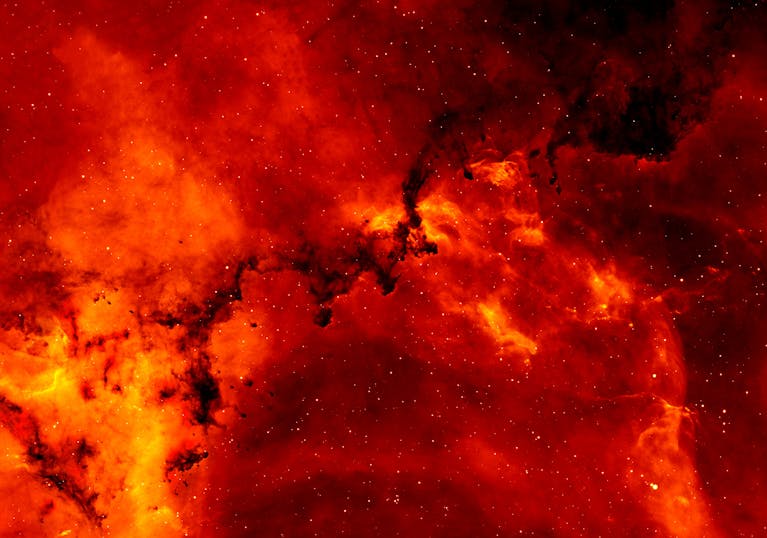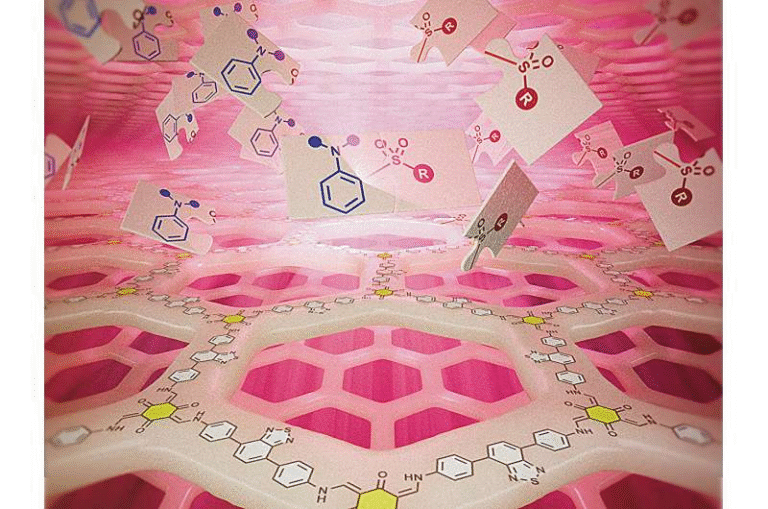Tiny Ocean Microbes Could Transform Climate Modeling: How Marine Competition Shapes a Potent Greenhouse Gas

In the cobalt-blue waters off San Diego, scientists have uncovered a hidden drama playing out among microscopic ocean lifeforms—one that could reshape how we model climate change. A new study published in Nature Communications reveals that marine microbial competition—not just chemistry—determines how and when the ocean produces nitrous oxide (N₂O), a greenhouse gas about 300 times more powerful than carbon dioxide (CO₂) and capable of damaging the ozone layer.
This finding matters far beyond the sea. It highlights how the planet’s smallest inhabitants influence global climate models, ocean health, and even weather predictions.
Understanding Nitrous Oxide: The Ocean’s Hidden Climate Agent
Nitrous oxide, commonly known as laughing gas, may bring joy in dentist offices, but in the atmosphere, it’s a serious climate threat. While it represents a smaller portion of total greenhouse gases compared to CO₂ or methane, N₂O is far more effective at trapping heat. It also reacts with ozone, contributing to its depletion.
Roughly 35% of natural nitrous oxide emissions come from the ocean. Most of that originates from oxygen minimum zones (OMZs)—vast regions of the ocean where oxygen levels drop close to zero. These zones are hotbeds for unique microbial processes that drive the nitrogen cycle. Yet, scientists have struggled to accurately model how N₂O forms there, largely because the microbial ecosystems are so complex.
That’s where the new study comes in.
The Six-Week Expedition and the Microbes Behind the Gas
Led by Xin Sun, a biology professor at the University of Pennsylvania, the research team spent six weeks aboard a vessel in the Eastern Tropical North Pacific Ocean (ETNP), one of the planet’s largest low-oxygen regions. They collected water samples from 40 to 120 meters deep, capturing microbial communities responsible for transforming common nutrients into nitrous oxide.
Back in the lab, the scientists simulated different ocean conditions, carefully altering oxygen, nutrients, and organic matter levels. Their goal: to observe how microbial interactions change under varying circumstances and what that means for N₂O production.
Two Pathways, One Surprising Winner
The nitrogen cycle involves multiple steps where microbes convert nitrogen compounds into different forms. In this case, two microbial “teams” compete to produce nitrous oxide:
- The Nitrate Pathway: Microbes convert nitrate (NO₃⁻) to nitrite (NO₂⁻) and then to nitrous oxide (N₂O).
- The Nitrite Pathway: Other microbes skip the nitrate step entirely, using nitrite (NO₂⁻) directly to make N₂O.
At first glance, you might think the shorter pathway—the one that starts with nitrite—would be faster and more efficient. But the researchers discovered the opposite. The longer, nitrate-based pathway dominates. Why? Because nitrate is far more abundant in the ocean than nitrite, giving the nitrate-converting microbes a constant and plentiful supply of raw material.
Even more fascinating, many microbes don’t rely on nitrite floating around them. They process nitrate internally, meaning they’re self-sufficient in producing N₂O rather than scavenging external sources.
Oxygen: Not a Simple On/Off Switch
In most models, adding oxygen to ocean water is assumed to gradually suppress N₂O production. However, the new study found that oxygen behaves differently—it reshuffles the microbial ecosystem instead of simply reducing output. In other words, oxygen isn’t a dimmer switch for N₂O production; it changes which microbial groups are in charge.
Low oxygen generally favors N₂O production, but when oxygen levels rise, the system doesn’t just slow down smoothly. Instead, there are sudden jumps or drops in output, depending on which microbes dominate under specific oxygen and nutrient conditions. These shifts cause nonlinear fluctuations in N₂O release—something older chemistry-only models completely missed.
The Role of Organic Matter and Nutrients
The research also tested what happens when microbes are given more food—specifically organic matter and nutrients. Surprisingly, feeding the microbes more didn’t necessarily increase N₂O production. In fact, excess nutrients sometimes pushed key N₂O-producing species out of the system, causing emissions to plummet to near zero.
The findings underscore how sensitive and unpredictable microbial ecosystems can be. Even small environmental changes can lead to dramatic differences in greenhouse gas production.
Inside the Modeling Breakthrough
To make sense of their field data, the team developed a mechanistic model that included microbial interactions, nutrient flows, and oxygen dynamics. Unlike older models focused only on chemical reactions, this new framework allowed microbes to compete and collaborate like real ecosystems do.
The result? The model successfully captured the sharp ecological transitions observed in the field. It showed that microbial competition and cooperation, not just raw chemistry, dictate N₂O output in oxygen-depleted zones.
This advancement could help refine global climate and ocean models, making predictions about sea-level changes, extreme weather, and ocean chemistry far more accurate. It also pinpoints the regions most responsible for emitting N₂O—critical information for policymakers and climate scientists.
How the Experiments Worked
To track these processes in detail, the researchers used stable isotope labeling—a precise method involving ^15N-labeled nitrate and nitrite. This allowed them to see which nitrogen sources turned into nitrous oxide and which pathways were most active.
Their measurements revealed that the nitrate-to-N₂O pathway produced between 2.3 and 5.7 nanomoles of N₂O per day, far higher than other processes like ammonium oxidation (~0.15 nM/day) or nitrite-based conversion (~0.5 nM/day). Even when scientists added extra nitrite to the samples, the results barely changed—proof that many denitrifiers rely on internal nitrate metabolism, not external nitrite pools.
Why This Matters for Climate Models
Many existing Earth system models treat the ocean’s N₂O output as a predictable chemical process—something that responds smoothly to changes in temperature, oxygen, or nutrient levels. But this study shows that’s not true. Instead, microbial competition creates abrupt shifts that can lead to either surges or collapses in N₂O emissions.
With global warming causing ocean deoxygenation—the expansion of low-oxygen zones—understanding these microbial responses is crucial. As oxygen-deprived areas spread, N₂O production could spike in unpredictable ways, amplifying climate change.
This research suggests that to truly understand future greenhouse gas emissions, microbiology must be part of climate modeling, not just chemistry and physics.
What Are Oxygen Minimum Zones?
Oxygen Minimum Zones (OMZs) are regions of the ocean where dissolved oxygen levels are extremely low, often because microbes consume oxygen faster than it can be replenished. They typically occur in tropical and subtropical waters, such as the Eastern Tropical North Pacific and Arabian Sea.
These zones are biological hotspots—dense with microbial life that drives denitrification, a process where nitrate and nitrite are transformed into nitrogen gases, including N₂O. As climate change warms the oceans and reduces oxygen solubility, scientists expect OMZs to expand, creating more opportunities for N₂O emissions.
Looking Ahead
The study opens new questions: How will different microbial groups adapt to the changing chemistry of the oceans? Can we identify the key “players” responsible for most N₂O emissions? And how can this knowledge help improve global climate projections?
While this research answers some major uncertainties, it also emphasizes how much remains unknown about the microbial machinery of the ocean. To predict the planet’s climate future, understanding these invisible communities may be as important as tracking CO₂ in the atmosphere.
Research Reference:
Mechanistic understanding of nitrate reduction as the dominant production pathway of nitrous oxide in marine oxygen minimum zones – Nature Communications (2025)





